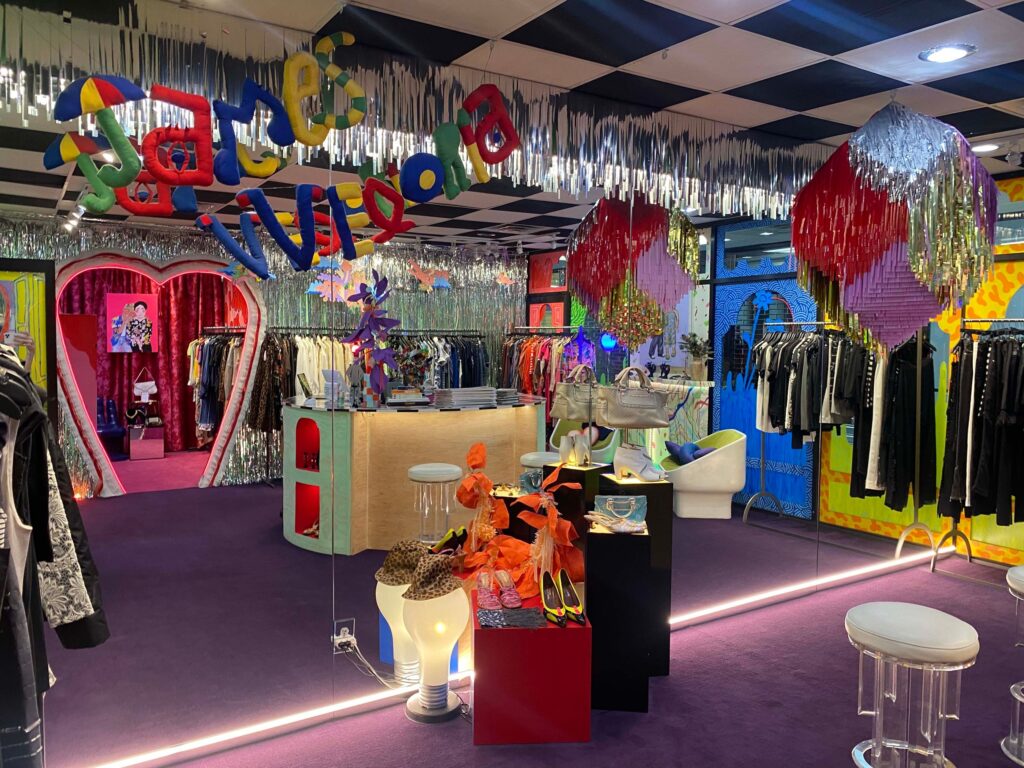I’ve spent years hunting, restoring, and styling antique clothing across New York City. I know the thrill of finding a perfect piece, the questions that come up about authenticity, and the best neighborhoods to explore. This guide shares practical advice, market insights, and shop recommendations that I’ve learned firsthand about antique clothing NYC so you can shop smarter, care for garments properly, and enjoy the city’s unique vintage scene.
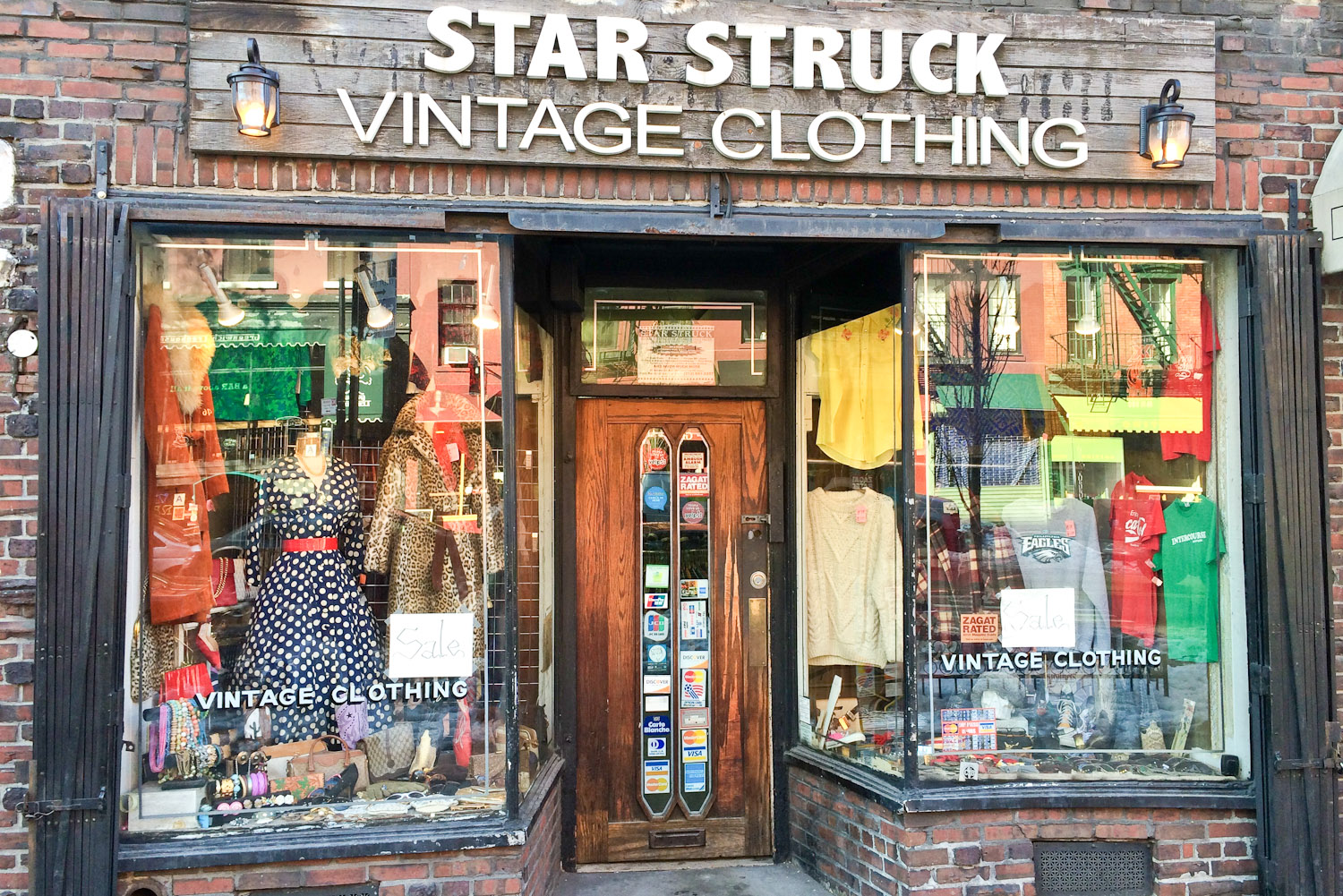
Source: www.internationaltraveller.com
Why Antique Clothing NYC Matters
Antique clothing in NYC is more than fashion. It documents social history, craftsmanship, and evolving tastes. I’ve seen pieces that tell stories: wedding gowns with handwritten notes inside, military jackets with faded patches, and everyday shirts that reveal long-forgotten fabrics and techniques. Collecting these items connects you to makers and wearers from earlier times.
- Cultural significance: Antique garments reflect history and social change.
- Craftsmanship: Many pieces feature hand-sewn details not found in modern mass production.
- Sustainable fashion: Buying antique reduces waste and extends garment life.

Source: www.timeout.com
Where I Shop: Best Neighborhoods and Markets
New York has distinct pockets for antique clothing. I tour these neighborhoods depending on my goals—collecting, reselling, or styling.
- Lower East Side: Small shops with curated racks of early 20th-century pieces. Great for unique finds.
- Greenwich Village: Boutiques and vintage stores with higher-end antique items and rare textiles.
- Williamsburg and Bushwick: Mix of mid-century and wearable two-tone antiques. Sellers rotate stock often.
- Chelsea and Upper East Side antique fairs: Seasonal shows with dealers offering authenticated pieces.
- Flea markets and street fairs: The Brooklyn Flea and Hester Street Market sometimes yield hidden gems.
When I search, I go early to avoid crowds and examine garments under natural light. I also build relationships with shop owners; repeat visits often unlock access to unlisted items.

Source: www.timeout.com
How to Authenticate Antique Clothing
Authenticating garments takes time and a trained eye. I start with basic checks and use specialists for high-value items.
- Fabrics and weave: Older fabrics like wool, silk, and linen have distinct weave patterns. Hand-woven or hand-stitched seams suggest older origin.
- Labels and markings: Look for manufacturer labels, handwritten tags, or union labels. These can date a garment.
- Construction techniques: Hand-sewn hems, interior finishes, and hand-stitched buttonholes are signs of antique production.
- Hardware and trims: Metal zippers, straight pins, or early snap styles can help date an item.
- Patina and wear: Natural aging—fading, light repairs, and fabric attrition—often indicates authenticity.
For expensive pieces, I consult textile conservators or certified appraisers. I’ve sent a few gowns for professional evaluation when the price warranted it. It cost more upfront but avoided costly mistakes later.
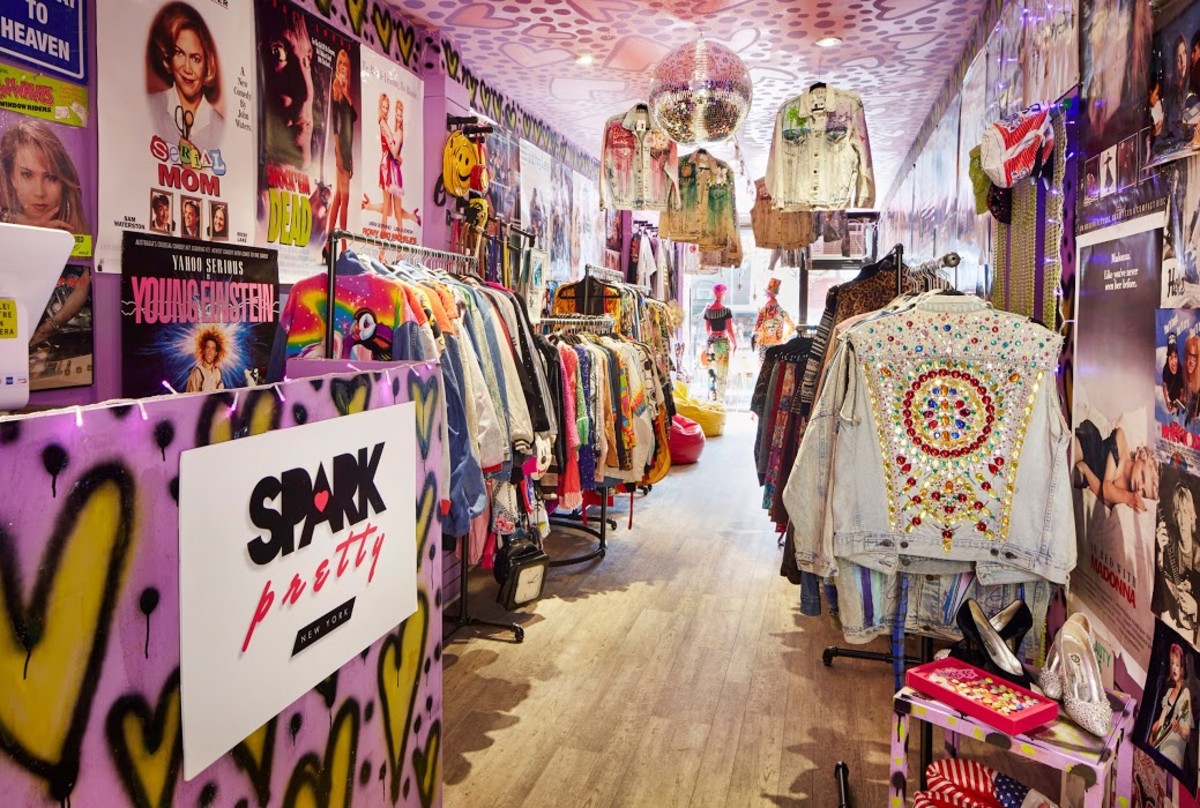
Source: parlakadimlar.com
Caring For Antique Clothing: Cleaning, Repair, and Storage
Antique garments are fragile. I treat them gently and follow a few strict rules to preserve them.
- Handling: Wash hands before touching. Use gloves for fragile silks or beaded pieces.
- Cleaning: Avoid machine washing. Spot-clean with mild soap and water. When in doubt, use a conservator for dry cleaning.
- Repairs: Use reversible stitches and archival threads for repairs. Document any conservation work.
- Storage: Store flat for heavy dresses and padded hangers for lighter items. Use acid-free tissue and breathable garment bags.
- Environment: Keep items in a cool, dry place with stable humidity. Avoid direct sunlight.
I learned a lesson the hard way after storing a wool coat in a damp basement. It developed mildew and cost more to restore than I originally paid. Now I use a dehumidifier and breathable storage.

Source: www.vogue.co.uk
Pricing, Negotiation, and What to Expect
Prices for antique clothing in NYC vary widely. My approach balances research and flexibility.
- Common price ranges: Wearable mid-century pieces often run low to mid-range. Rare 19th-century garments or designer antiques command top prices.
- Factors that affect price: Rarity, condition, provenance, designer/brand, and historical significance.
- Negotiation tips: Ask questions about provenance, age, and previous ownership. Point out minor flaws calmly to negotiate. Be respectful—many dealers are passionate and fair.
- Online vs. in-person: Online platforms give wider access but fewer chances to inspect. I buy locally when possible to check condition firsthand.
I once negotiated a better price by offering to pay in cash and promising to promote the dealer on social media. It helped both of us.
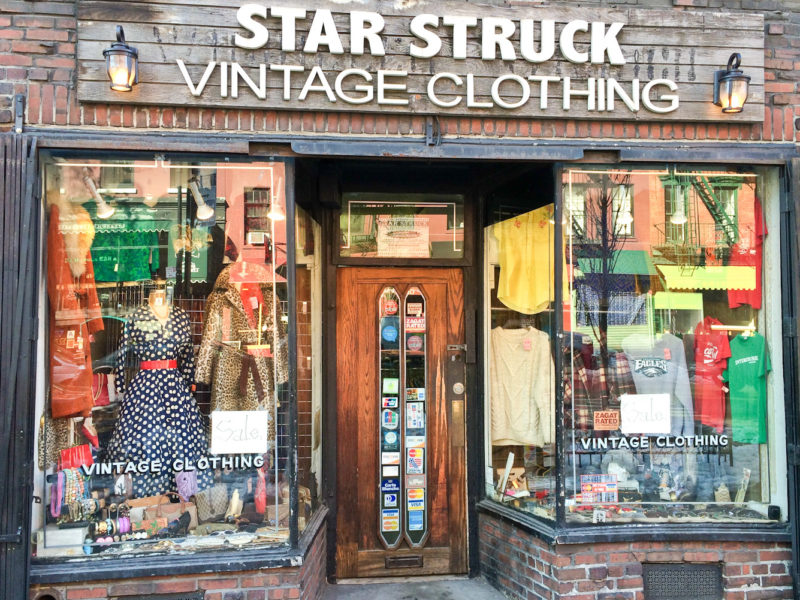
Source: www.internationaltraveller.com
Styling Antique Clothing in Modern Looks
Antique pieces can become daily staples. I mix them with modern items for a balanced look.
- Start small: Use antique accessories like brooches, gloves, or hats to test the aesthetic.
- Pair contrasts: Combine a Victorian blouse with clean-lined jeans for a contemporary edge.
- Tailoring: Have pieces adjusted by a tailor who understands antique construction.
- Seasonal styling: Layer vintage coats in winter and use silk scarves in summer for elegance.
I keep a mood board when I style clients. It helps integrate scale, texture, and color from antique garments into modern wardrobes.

Source: www.timeout.com
Legal and Ethical Considerations
Collecting antiques comes with responsibilities. I follow a few rules to stay ethical and legal.
- Provenance matters: Avoid items lacking clear provenance if they may be cultural patrimony or stolen.
- Cultural sensitivity: Respect garments that hold cultural or ceremonial importance. Seek consent and understanding before display.
- Legal restrictions: Some textiles or animal-derived materials may be regulated. Verify legality before purchase.
- Transparency: Always disclose repairs, provenance gaps, or restoration work when reselling.
I once returned an item after discovering incomplete provenance. It was uncomfortable, but the right decision.
:no_upscale()/cdn.vox-cdn.com/uploads/chorus_image/image/62451490/image.0.0.jpg)
Source: ny.racked.com
Resources and Experts I Trust
Over the years, I’ve built a network of specialists that I rely on.
- Textile conservators for cleaning and repair.
- Appraisers for valuation and authentication.
- Local dealers and museum curators for historical context.
- Tailors who specialize in antique garments for sympathetic alterations.
- Online archives and databases for comparing labels and dating garments.
When possible, I corroborate information across several experts to form a reliable conclusion.
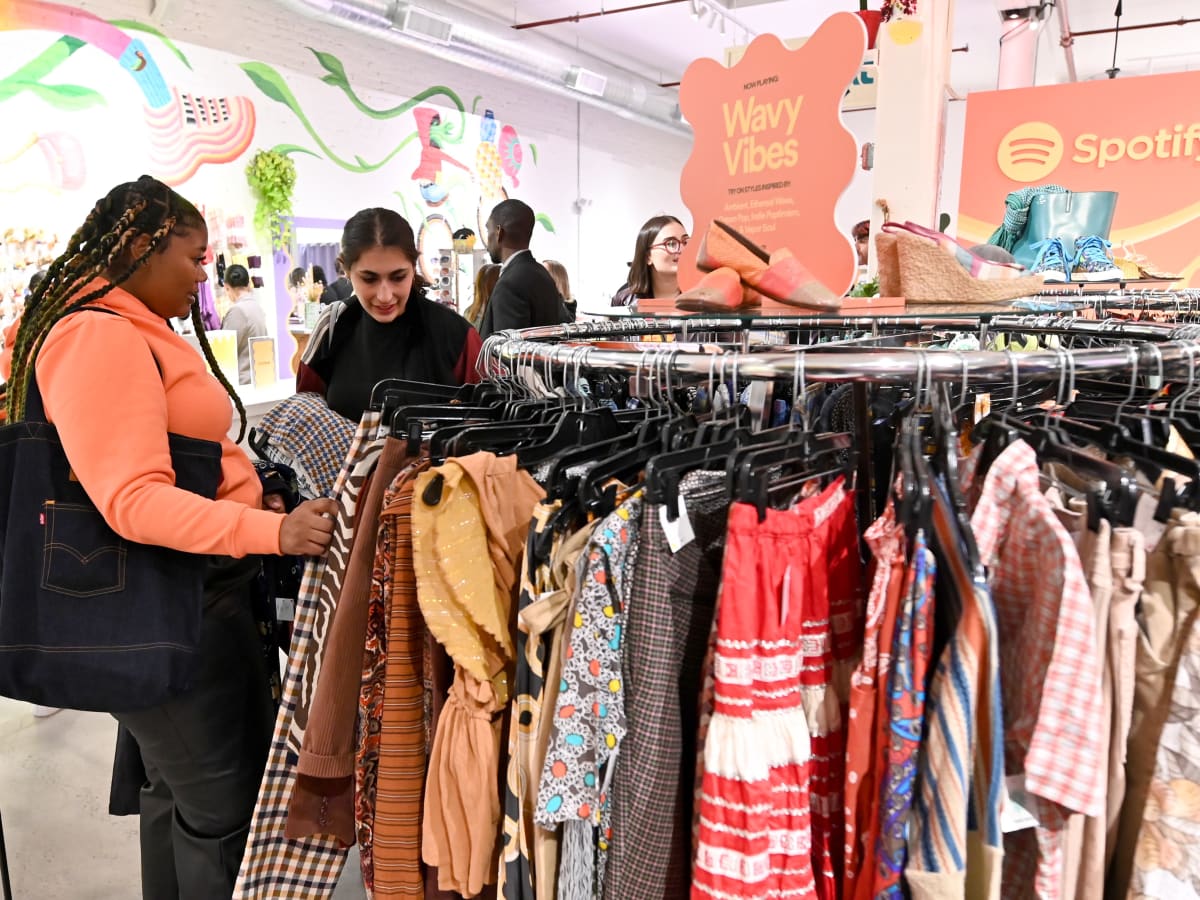
Source: www.hierrossainz.com
Frequently Asked Questions Of Antique Clothing NYC
How can I tell if a garment is truly antique?
Look for hand-stitched details, older fabric types, period hardware, and labels. Natural wear patterns and professional appraisals help confirm authenticity.
Where are the best places in NYC to find antique clothing?
Explore Lower East Side, Greenwich Village, Brooklyn flea markets, and seasonal antique fairs. Building relationships with local dealers increases your chances of finding rare pieces.
Is it worth buying antique clothing online?
It can be, but inspect photos closely and ask about returns, measurements, and condition. For high-value items, prefer in-person inspection or certified appraisals.
How should I store delicate antique garments at home?
Use acid-free tissue, padded hangers, and breathable garment bags. Store in a cool, dry place with stable humidity and away from sunlight.
Can I wear antique clothing regularly?
Yes, with caution. Reinforce weak seams and avoid wearing especially fragile items daily. Consider using reproductions for heavy wear.
How much does professional authentication cost?
Costs vary by item and expert. Basic appraisals are moderate, while full conservation reports or lab testing are more expensive. Weigh value before investing.
Are antiques always more sustainable than new clothing?
Generally yes, because they extend garment life. However, restoration and cleaning resources matter. Responsible care enhances sustainability.
What should I do if I find a damaged but valuable garment?
Document the damage, seek a conservator’s assessment, and get a cost estimate for restoration before purchase or repair.
Can I resell antique clothing in NYC?
Yes. Authentic, well-documented pieces sell well. Use reputable dealers, auctions, or online marketplaces and disclose condition and provenance.
How do I date a garment accurately?
Combine label research, construction techniques, fabric types, and comparisons to dated examples. Experts can provide more precise dating.
Conclusion
Exploring antique clothing NYC has taught me patience, respect for craft, and the joy of discovery. Whether you’re hunting for a statement piece, building a collection, or styling unique looks, the city offers endless possibilities. Start with research, build relationships with trusted dealers, and care for your finds thoughtfully. Take small steps: visit a local shop, ask questions, and try one antique piece in your wardrobe this month. Share your finds, ask for advice, and let the garments tell their stories.
Watch This Video on antique clothing nyc

